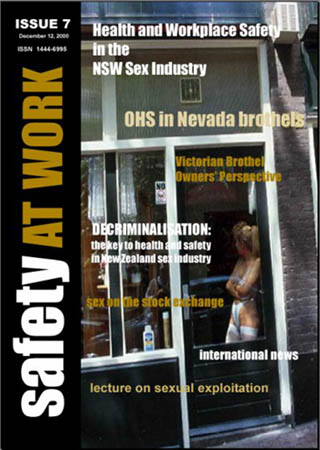Earlier this year, the Charlotte Observer began researching avian influenza but ended up with an expose about occupational health and safety in the US poultry industry, called “The Cruelest Cuts”. A recent podcast, and vodcast (I recommend the vodcast), highlights many safety management issues that are relevant to other industries and other jurisdictions
- Migrant labour
- OHS regulation
- Musculo-skeletal disorders
- Reportable incidents
- Inspectorate priorities
- The Bush government approach to OHS
- The Ergonomics Standard
- Activity rather than safety results
- Misusing Lost Time Injuries
The arguments generated by the Charlotte Observer’s articles continue. A recent article reports on the House Education and Labor Committee hearings and the issues summarised in the above vodcast.
Some of the issues raised may bring “Fast Food Nation” to mind but Eric Schlosser had a broader agenda in his book than in the Charlotte Observer reports.
The articles and the video remind us to question and to ask and to prod and probe when any government department report on OHS management is released. They also illustrate how easy it is to make a company look like it is safe.
In Australia at the moment there is debate about migrant workers and soem employers have recently been prosecuted on OHS matters related to these workers. In fact, today (2 July 2008 ) according to WorkSafe Victoria, a Victorian Magistrate will sentence Lakeside Packaging over OHS issues.
The case involves injuries to two Chinese guest workers on s 457 visas. One man was hurt on two occasions – both arms broken. Lakeside Packaging Pty Ltd pleaded guilty to 7 charges.
The incidents:
• Guoping Cai (35) was hurt on 16 March 2006 at the company’s Dennis St, Campbellfield premises, when his arm was crushed in an unguarded printing machine as he cleared a paper blockage. Both bones in his right forearm were broken and he was in hospital for 2 weeks Plates and bolts were put in his arm and he required a skin graft.
• Zhi Hong Fu (52) fell from a ladder which had been placed on top of a steel working platform on 5 April 2006 at the Rex Road, Campbellfield premises. He was doing electrical work for which he was not qualified. He broke his right wrist and suffered other injuries He returned to work four days later with his arm in plaster. On 30 June, with his dominant right arm now in a brace, he suffered a second injury while using a drill with his left arm and steadying it with his chin. The drill kicked and his other (left) arm was broken. The company pleaded guilty to 5 charges in relation to these incidents.
Australia does not have a Mexico on its border, and the governments have heavily regulated the migrant intake but, as the court action has shown, the safety management approaches of some employers are the same the world over.

